The world’s best sports car? AWD & electric power put 2024 Corvette E-Ray in the picture
DENVER — It’s difficult to overstate how good the 2024 Chevrolet Corvette E-Ray is, or what an important step it constitutes for America’s great sports car. Now, maybe the world’s great sports car. Performance, design, technology, value: It’s hard to think of an area where the E-Ray isn't at least among the leaders.
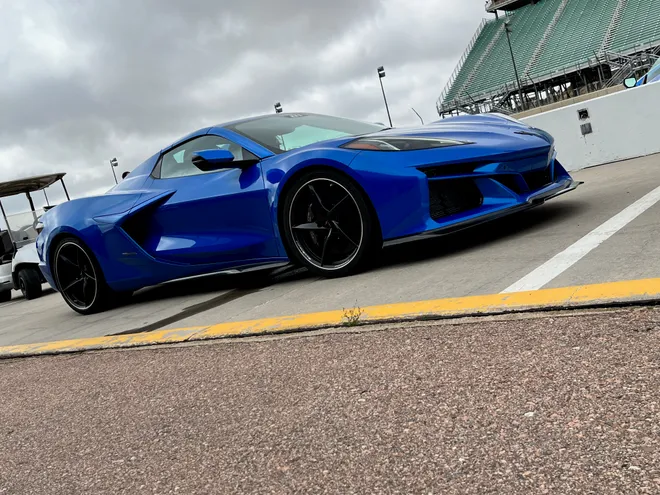
All-wheel drive and hybrid-powered, the E-Ray is the biggest leap of imagination and engineering in the Corvette’s 70-year history. Ferrari 296 GTB, Audi R8, Porsche 911, McLaren Artura, Acura NSX, Nissan GT-R, Corvette. Take your pick. You’ll never get a consensus, but that’s the point: Each car is as good as it gets. The fun is in the debate, specifications, lap times and unforgettable road trips.
What makes the E-Ray so special?
The ‘Vette’s last evolution, from front engine/rear-wheel drive to mid-engine for the 2020 model year, was child’s play by comparison. Chevy engineers had been kicking around proposals for mid- and rear-engine models for decades. That was a question of when, not if.
Building an electrified — not electric, there’s a difference; the E-Ray is a hybrid that combines a classic small-block V8 driving the rear wheels with an electrically powered front axle — ‘Vette with all-wheel drive was a choice dictated by physics and advances in engineering. Locating the engine's weight over the rear wheels improves traction. Powering the front axle with a small, efficient electric motor provides instant torque and precise control.
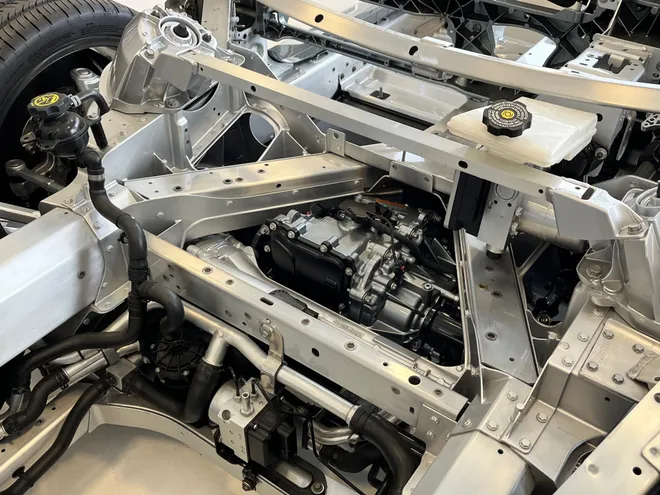
The program began before and was separate from the Ultium electric motors and batteries GM developed for 100% electric vehicles like the Cadillac Lyriq, and Chevy Silverado EV pickup. It’s also unrelated to the inexpensive Chevy Bolt.
The E-Ray was part of the plan for the eighth generation C8 model from the start. That’s why its lithium-ion battery fits tidily in the center tunnel, and why the front electric motor and reworked steering and suspension don’t reduce space in the car’s front trunk.
2024 Chevrolet Corvette prices and model line
Corvette Stingray coupe - $66,300
Stingray convertible - $73,300
Corvette E-Ray coupe - $102,900
E-Ray convertible - $109,900
Corvette Z06 - coupe $112,495
Z06 - convertible - $117,700
Prices exclude $1,695 destination charge
Source: Edmunds
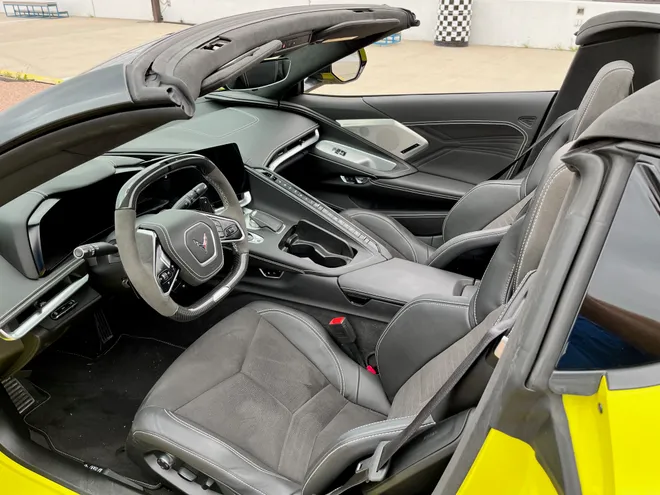
A new logo, a new mission
The E-Ray’s bodywork is virtually identical to the Corvette Z06, with the exception of name badges and a logo that adds a pair of openings — opinion varies as to whether they’re eyes or gills — to the stylized stingray’s dorsal surface. The E-Ray is 3 inches wider than a Stingray, with staggered 20- and 21-inch wheels.
Chevy explains the distinction between the two models thus:
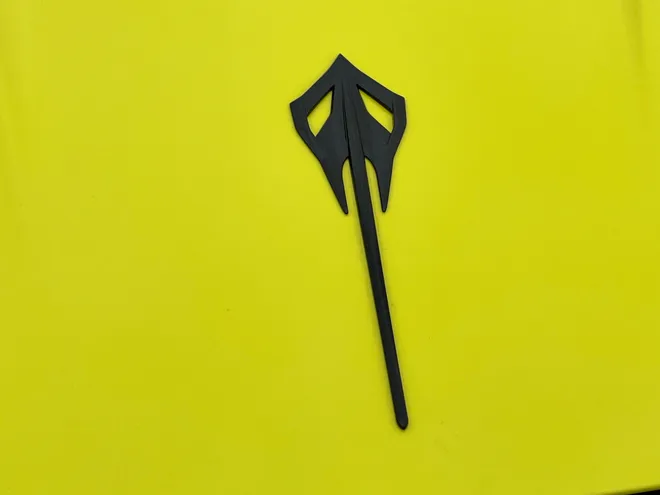
- Z06 owners want a street-legal race car; they’ll take it to the track.
- E-Ray owners want a grand touring car: fast, maneuverable, and advanced but easy to drive on a long trip.
The E-Ray is faster 0-60 mph — if the difference between its 2.5 seconds and the Z06’s 2.6, as measured by Chevrolet, is a deal breaker for you. The track-ready Z06 covers a standing quarter-mile in 10.6 seconds and hits 130 mph, while the E-Ray slouches through it in 10.5 and 129 mph. Of such distinctions are buying decisions made, particularly when you’re dealing with some of the most passionate and informed car buyers on Earth.
If you haven’t been keeping up with “Planet Earth” on BBC, the name E-Ray is a riff on ‘Vette’s stingray heritage: There’s also an electric ray, a sleek sea creature that generates up to 220 volts to defend itself or stun prey.
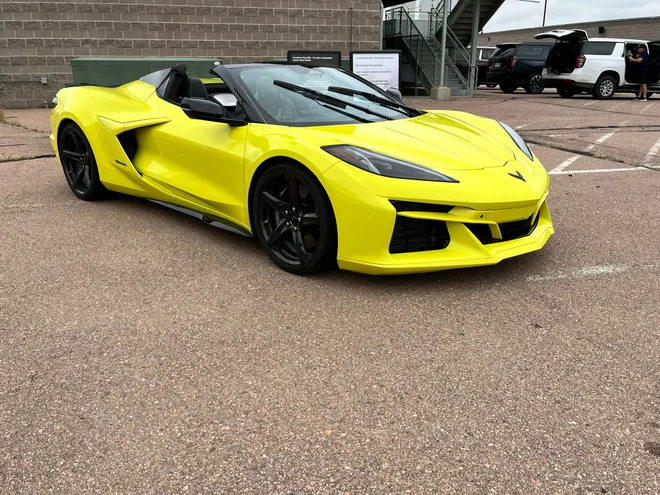
Safety and driver assistance features
- Adaptive cruise control
- Automatic emergency braking
- Automatic front pedestrian braking
- Forward collision alert
- Lane-keeping alert and assist
- Following distance indicator
- Automatic high beams
'The most complicated consumer product you can buy'
Getting the front axle’s electric motor and the rear wheels’ 6.2L V8 to work together seamlessly at thousands of revolutions per minute — while simultaneously diving into curves and managing inputs from the steering system, eight-speed transmission and Brembo carbon-ceramic brakes — was one of the most daunting challenges GM engineers have tackled. And remember, this is the company that developed Lunar Rovers for the Apollo program.
“It’s the most complicated consumer product you can buy,” Corvette executive chief engineer Tadge Juechter told me as he pointed out details of the exposed mechanicals in a cutaway E-Ray in an airport hangar outside Denver. “Electrification increases the driver’s feeling of control and composure in all conditions.”
The E-Ray’s sensors also interpret steering angle and pedal inputs to determine the driver’s intent and keep the car on course and at speed. The electric all-wheel drive system dispenses torque for secure traction accelerating out of curves.
The 6.2L V8 engine produces 495 hp that go to the rear wheels, via the same eight-speed dual-clutch automatic transmission that powers all current Corvettes. An electric motor located under the front trunk delivers another 160 hp.
There’s no physical connection between the two drivetrains, which must operate in harmony at all speeds, road surfaces and conditions.
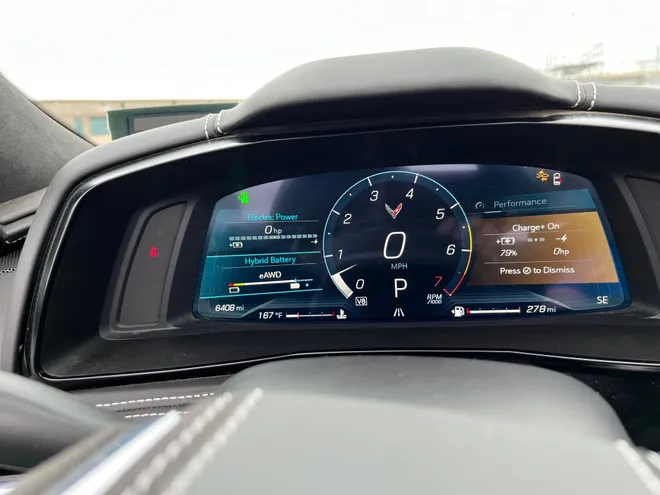
The Acura NSX, which ended production last year, was the only other supercar with independently powered front and rear ends. Its front wheels are driven by two separate electric motors. A turbocharged V6 and electric motor power the rear. The NSX developed 600 hp and accelerated to 60 mph in 2.9 seconds. Prices started at $169,500.
Car recalls:Ford and Mercedes-Benz among nearly 250,000 vehicles recalled: Check car recalls here
Smooth is fast, fast is easy
I found the E-Ray remarkably easy to drive over two days that included highways, twisting mountain roads north of Denver and a tight slalom course at Pikes Peak International Raceway, 90 miles south of the city.
The power comes on with smooth precision, the steering is responsive and neutral, the ride surprisingly comfortable over bumps.
An adaptive magnetic ride suspension kept the car level in fast launches and hard braking, and firmly planted in fast maneuvers, including a tire-smoking drifting session the E-Ray could have maintained until the the tread fell off or the tank ran dry.
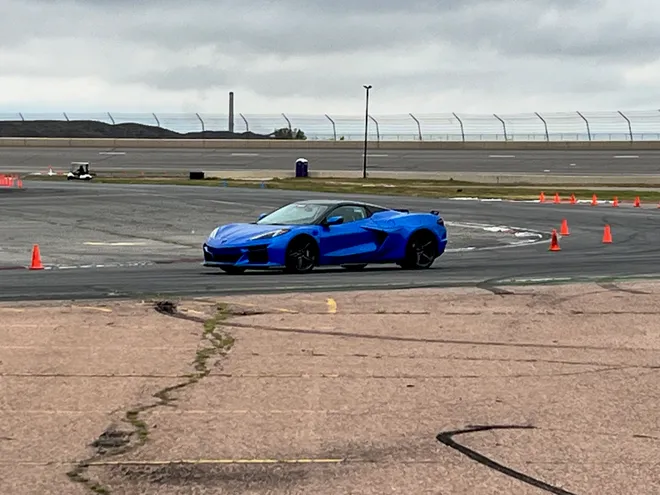
Speaking of running without gasoline, the electric front axle provides a "stealth mode," with speeds up to 45 mph when leaving home or driving through the neighborhood.
The electric motor also extends the V8’s four-cylinder operating mode on the highway, reducing fuel consumption and emissions. The 655-hp E-Ray avoided the gas-guzzler tax, scoring the same 19 mpg EPA rating in combined city and highway driving as a 490-hp, gasoline-only Stingray.
The E-Ray’s weight distribution is 42% over the front axle, 58% over the rear, a couple of percentage points more over the nose than the base ‘Vette, but “still in the sweet spot’” for acceleration and handling, Juechter said.
The interior is luxuriously trimmed in leather, suede and carbon fiber. The touch screen includes performance displays.
Other key features include:
- Brembo carbon-ceramic brakes
- Charging+ mode to replenish the battery between performance sessions
- Electric-only "stealth mode," at up to 45 mph
- Performance Launch mode
- 20- and 21-inch Michelin Pilot Sport all-season tires.
- Available Michelin Pilot Sport 4S summer tires
- 1.9kWh lithium-ion battery to power front axle
- Lightweight lithium-ion 12-volt battery for stop-start
- Magnetic ride 4.0
- Head-up display
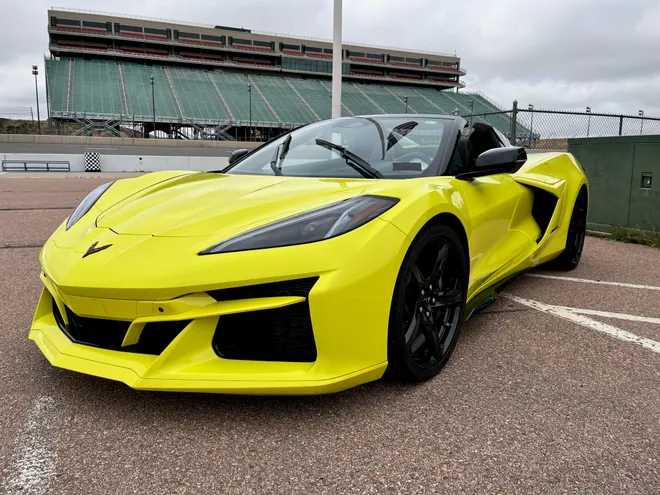
2024 Chevrolet Corvette E-Ray at a glance
Base price: $102,900 (all prices exclude $1,595 destination charge)
All-wheel drive hybrid two-seat sports coupe or convertible
On sale late 2023
Specifications as tested:
Model tested: Corvette E-Ray coupe
Price as tested: $102,900
Power: Electric motor powering front axle, 6.2L V8 powering rear axle
Output: 655 hp, 470 pound-feet of torque from V8, 125 from front-axle motor
Transmission: Eight-speed dual clutch automatic driving the rear wheels, front single-speed direct drive
0-60 time: 2.5 seconds
Wheelbase: 107.2 inches
Length: 184.6 inches
Width: 79.7 inches
Height: 48.6 inches
Cargo volume: 12.5 cubic feet combined front and rear
Dry weight: 3,774 pounds
Assembled in Bowling Green, Kentucky
Contact Mark Phelan: 313-222-6731 or mmphelan@freepress.com. Follow him on Twitter @mark_phelan. Read more on autos and sign up for our autos newsletter. Become a subscriber.
Disclaimer: The copyright of this article belongs to the original author. Reposting this article is solely for the purpose of information dissemination and does not constitute any investment advice. If there is any infringement, please contact us immediately. We will make corrections or deletions as necessary. Thank you.







